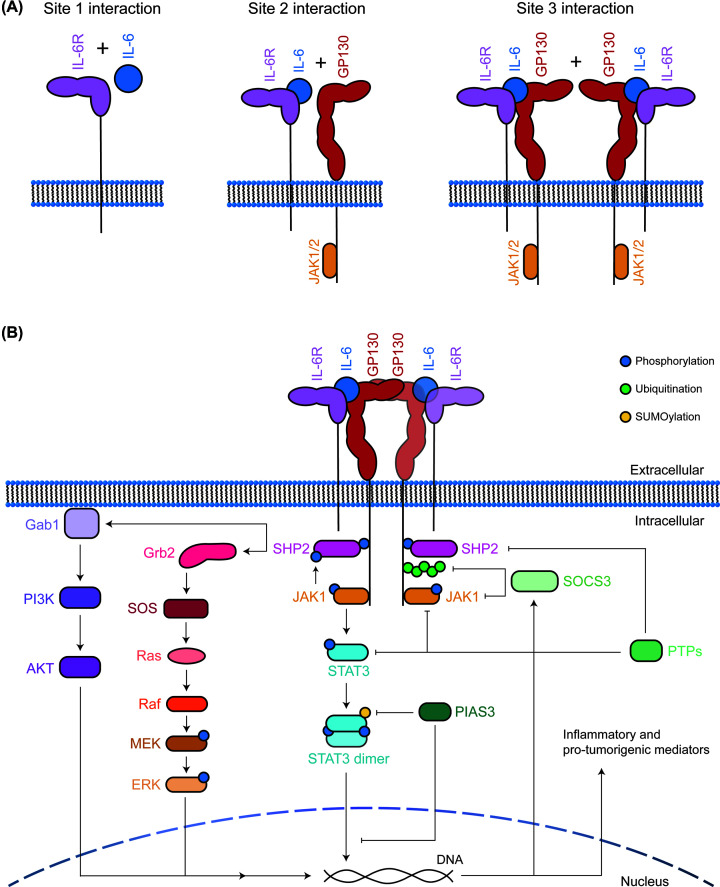Figure 2. IL-6 family cytokine signalling pathway.
(A) Schematic representation of the stepwise binding process for the IL-6 family members, with IL-6 as an example. The site 1 interaction involves cytokine binding to the respective receptor, with the site 2 interaction generally between the cytokine and the common gp130 receptor chain, finally site 3 interactions involve formation of the final active signalling complex, in this case, formation of the IL-6/IL-6R/gp130 hexameric complex. (B) General outline of the IL-6 family cytokine signalling pathway. Formation of an active hexameric complex leads to activation of JAKs with subsequent activation of the STAT3, MAPK, and PI3K pathways (left). This results in up-regulation of the negative regulator SOCS3, as well as a range of inflammatory and pro-tumorigenic molecules. The pathway is inhibited by SOCS3, PIAS3, and PTPs via dephosphorylation, ubiquitin-mediated proteasomal degradation, and SUMOylation (right).

